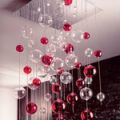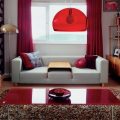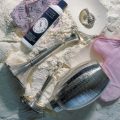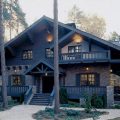The material was prepared by Anna Turovskaya.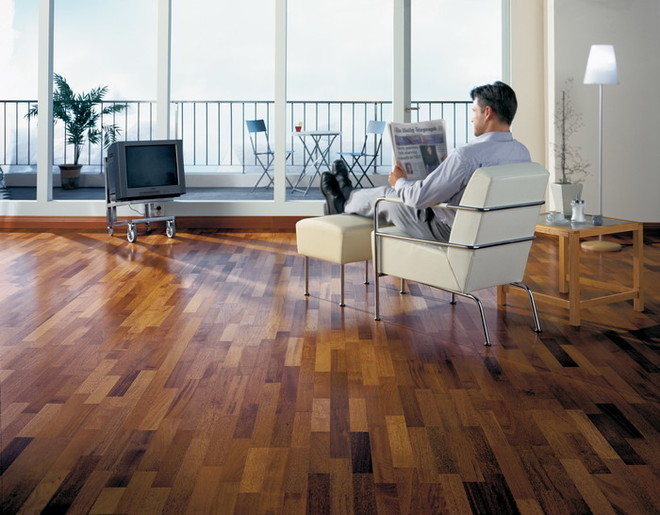 Why parquet board is better than laminateDimensions (L x W× T) of the parquet board are as follows: 1800–2500 × 180–200 × 13–20 mm. Grooves and ridges or lock joints are arranged on the side and end edges. The manufacturing accuracy is so high that the joint is very rigid, without play. First of all, let us make a reservation: we are not talking about the archaic parquet board, well known since the times of total deficit and, apparently, habitually produced by a number of domestic enterprises, but about a high-tech product, completely devoid of the operational shortcomings of its predecessor. Among the innovations - the structure of the material, previously unavailable wood species, the absence of finishing and finishing works, as well as a simplified . Of course, after reading the instructions, not only an adult but also a teenager will master it. But first things first. Unlike the old type of parquet board, the modern material consists of three, or more precisely, four layers. Each performs a strictly defined function. The lower, main layer is most often made of pine or spruce plywood.
Why parquet board is better than laminateDimensions (L x W× T) of the parquet board are as follows: 1800–2500 × 180–200 × 13–20 mm. Grooves and ridges or lock joints are arranged on the side and end edges. The manufacturing accuracy is so high that the joint is very rigid, without play. First of all, let us make a reservation: we are not talking about the archaic parquet board, well known since the times of total deficit and, apparently, habitually produced by a number of domestic enterprises, but about a high-tech product, completely devoid of the operational shortcomings of its predecessor. Among the innovations - the structure of the material, previously unavailable wood species, the absence of finishing and finishing works, as well as a simplified . Of course, after reading the instructions, not only an adult but also a teenager will master it. But first things first. Unlike the old type of parquet board, the modern material consists of three, or more precisely, four layers. Each performs a strictly defined function. The lower, main layer is most often made of pine or spruce plywood.
Structure of parquet board
 Perpendicular to its fibers (which, by the way,and provides strength and stability of the parquet board, as well as its increased resistance to changes in temperature and humidity) there is a middle, stabilizing layer made of multilayer glued coniferous wood or high-density fiberboard. The middle layer has specially designed grooves and ridges or locking joints. With their help, individual elements of the floor covering are assembled into a single whole. The direction of the fibers of the upper, working layer, or shirt, is perpendicular to the middle and parallel to the bottom. This layer is a veneer about 0.5 mm thick or planks (lamellas) 2.2-6 mm thick, made from more expensive types of wood: oak, ash, beech, cherry, pear, maple, bamboo, etc.
Perpendicular to its fibers (which, by the way,and provides strength and stability of the parquet board, as well as its increased resistance to changes in temperature and humidity) there is a middle, stabilizing layer made of multilayer glued coniferous wood or high-density fiberboard. The middle layer has specially designed grooves and ridges or locking joints. With their help, individual elements of the floor covering are assembled into a single whole. The direction of the fibers of the upper, working layer, or shirt, is perpendicular to the middle and parallel to the bottom. This layer is a veneer about 0.5 mm thick or planks (lamellas) 2.2-6 mm thick, made from more expensive types of wood: oak, ash, beech, cherry, pear, maple, bamboo, etc.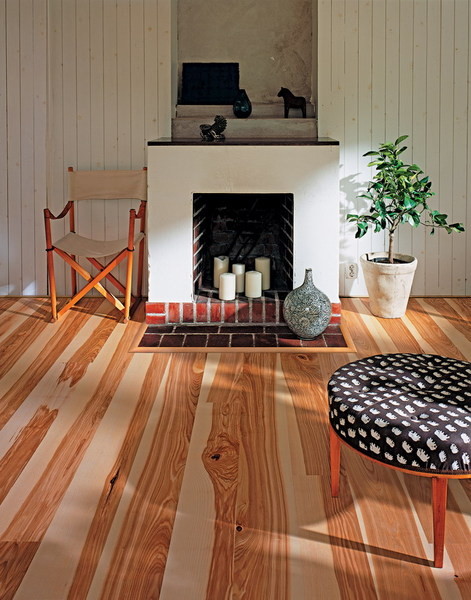

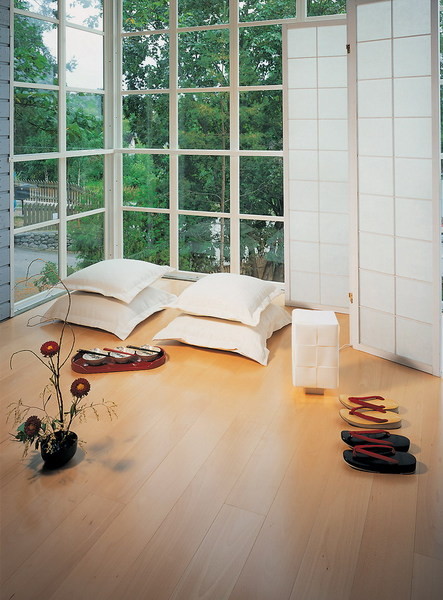 For reference:The harder the wood, the longer it resists wear and tear and, as a result, has a longer service life. The Brinell scale is used to describe the degree of hardness. According to it, the wear resistance of oak can be indirectly characterized by the numbers 2.9-3.7. The most durable is the exotic jatoba wood, whose hardness lies in the range of 7-7.7. The listed layers are connected under high pressure, which provides the material with strength and wear resistance, sanded, sometimes processed in a different, non-trivial way and covered with a fourth, finishing layer of varnish, wax or oil. The finish protects the shirt from scratches and dirt, gives it additional decorativeness. The basis of the latter is laid by the working layer.
For reference:The harder the wood, the longer it resists wear and tear and, as a result, has a longer service life. The Brinell scale is used to describe the degree of hardness. According to it, the wear resistance of oak can be indirectly characterized by the numbers 2.9-3.7. The most durable is the exotic jatoba wood, whose hardness lies in the range of 7-7.7. The listed layers are connected under high pressure, which provides the material with strength and wear resistance, sanded, sometimes processed in a different, non-trivial way and covered with a fourth, finishing layer of varnish, wax or oil. The finish protects the shirt from scratches and dirt, gives it additional decorativeness. The basis of the latter is laid by the working layer.




